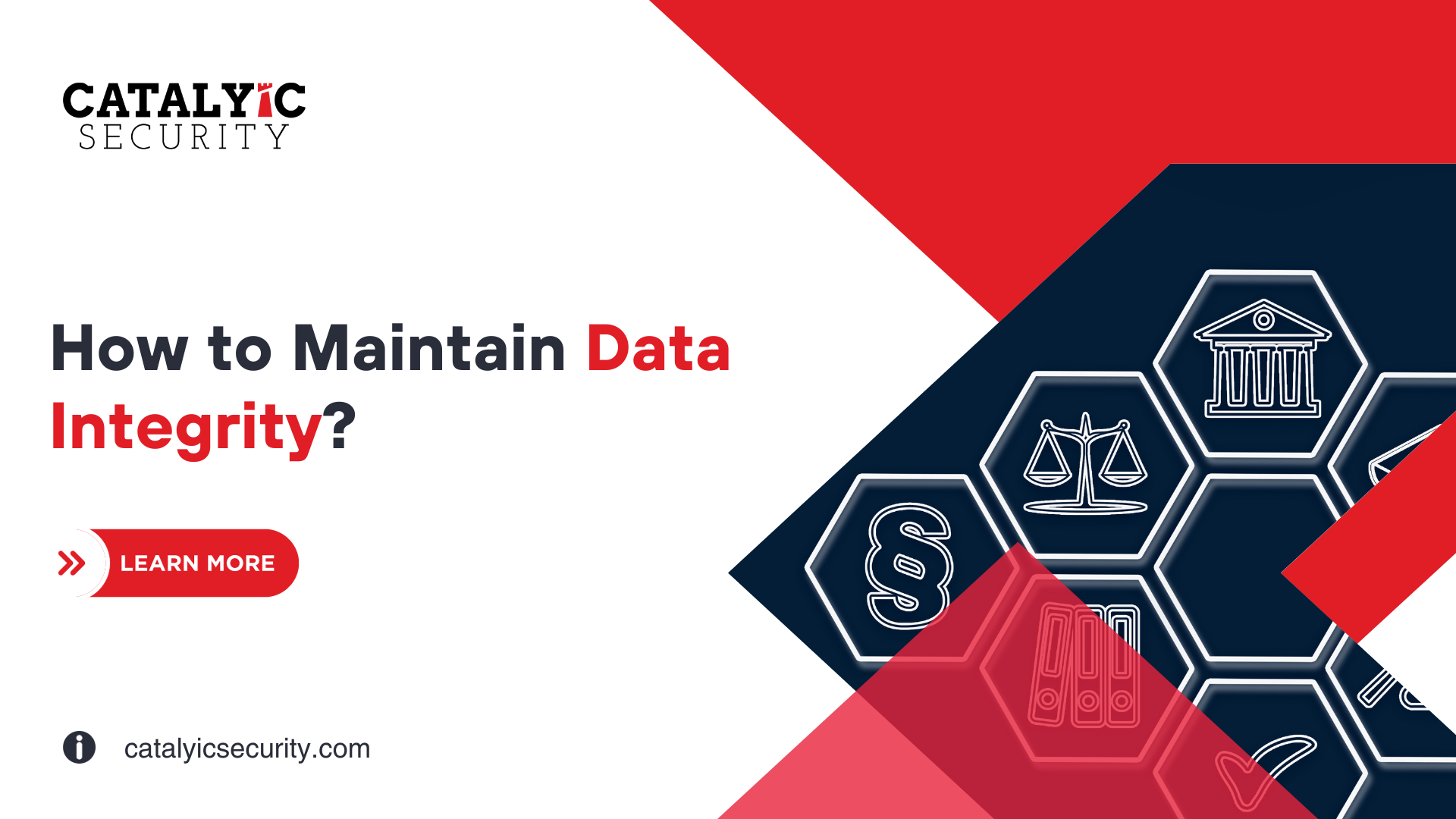Data integrity is a critical aspect of data management that is often overlooked or not given enough attention. It refers to the reliability and trustworthiness of data over its entire lifecycle, from generation to usage. In simple terms, data integrity determines whether data is accurate, consistent, and can be trusted.
The digital world is experiencing exponential growth in data creation and storage. By 2025, IDC predicts the global datasphere to reach a staggering 175 zettabytes. With data generation and sharing at an unprecedented rate, maintaining data integrity has become a paramount concern for individuals and organizations alike. Compounded by increasingly sophisticated cyber threats, the need for robust data integrity measures is now more pressing than ever.
Types of Data Integrity
There are four primary types of data integrity that organizations should be aware of:
- Physical Integrity: This type focuses on safeguarding data from physical threats like damage, theft, or loss.
- Logical Integrity: Ensuring data consistency and accuracy throughout its lifecycle is the core of this integrity type.
- Authorization Integrity: This category pertains to securing data access, allowing only authorized individuals or systems to view it.
- Origin Integrity: This type of integrity verifies the trustworthiness of the data source, ensuring it remains untampered.
The Role of Data Classification in Maintaining Data Integrity
Data classification is a process used by organizations to categorize data based on sensitivity and its potential impact if compromised. This classification helps identify the necessary security measures to protect different data types. By classifying data, organizations can prioritize efforts and allocate resources to secure the most critical data first. It also aids in managing access to specific data, preventing unauthorized entry.
Regulatory Compliance and Data Integrity
For many organizations, regulatory compliance is intimately tied to data integrity. Various industries, such as healthcare, finance, and e-commerce, are subject to strict data protection regulations like GDPR, HIPAA, and PCI DSS. Ensuring data integrity is a critical component of complying with these regulations, and non-compliance can result in severe penalties.
Factors Affecting Data Integrity
Several factors can compromise data integrity, including:
- Hardware or Software Malfunctions: Hardware failures and software glitches, such as corrupted files, can lead to data loss or corruption. Regular maintenance and backups can mitigate this risk.
- Human Error: Mistakes, such as accidental deletions, data entry errors, or mishandling of storage devices, can jeopardize data integrity.
- Cyber Attacks: In the face of rising cyber threats, robust cybersecurity measures are essential to protect against malicious attacks like hacking, malware, and ransomware, which can alter or delete data.
- Natural Disasters: Floods, fires, earthquakes, and other natural disasters can inflict physical damage on data storage infrastructure, leading to data loss or corruption.
Data Integrity Tools and Technologies
To uphold data integrity, organizations can leverage various tools and technologies, including:
- Data Validation Software: These tools help identify and rectify inconsistencies or errors in data.
- Intrusion Detection Systems: They aid in detecting unauthorized access and potential threats to data integrity.
- Encryption Methods: Data should be encrypted when stored and during transmission across networks to secure it from unauthorized access.
Best Practices for Maintaining Data Integrity
To ensure data integrity, organizations should implement best practices and strategies, including:
- Regular Backups and Disaster Recovery Plans: Data loss can occur due to hardware failures, software glitches, or unforeseen disasters. Regularly backing up your data and establishing comprehensive disaster recovery plans are critical to minimize the impact of such incidents. This ensures that, in case of data corruption or loss, you can quickly restore the integrity of your information.
- Implementing Access Controls: Controlling access to sensitive data is paramount. Strong password policies, multi-factor authentication, and the principle of least privilege access help restrict unauthorized individuals from accessing critical information. This is a vital measure in preserving data integrity and security.
- Encryption of Data: Encrypting data both at rest and in transit is a fundamental practice to protect data integrity. Even if data is compromised, encryption ensures that it remains unreadable to unauthorized parties. Robust encryption methods play a significant role in maintaining data trust.
- Regular Training and Awareness Programs: Human error is one of the leading causes of data integrity compromise. Conducting regular training sessions and awareness programs for employees is essential. These programs should educate staff on the importance of data integrity, how to handle data securely, and what immediate actions to take in the event of a data breach. Well-informed employees are less likely to engage in actions that could jeopardize data integrity.
- Regular Audits and Data Validation: Periodic audits and data validation processes are indispensable for identifying inconsistencies or errors in your data. These procedures allow organizations to promptly detect and rectify any issues that could potentially impact data integrity. By continuously monitoring and verifying data, you can maintain its reliability over time.
Conclusion
Data integrity is an indispensable aspect of data management, and organizations must prioritize it. Cybersecurity solution providers play a vital role in helping organizations maintain data integrity by implementing robust security measures and offering necessary guidance. With data’s increasing volume and significance, ensuring its integrity is now more crucial than ever. By following these best practices and remaining vigilant against potential threats, organizations can safeguard their data in the dynamic digital landscape.

